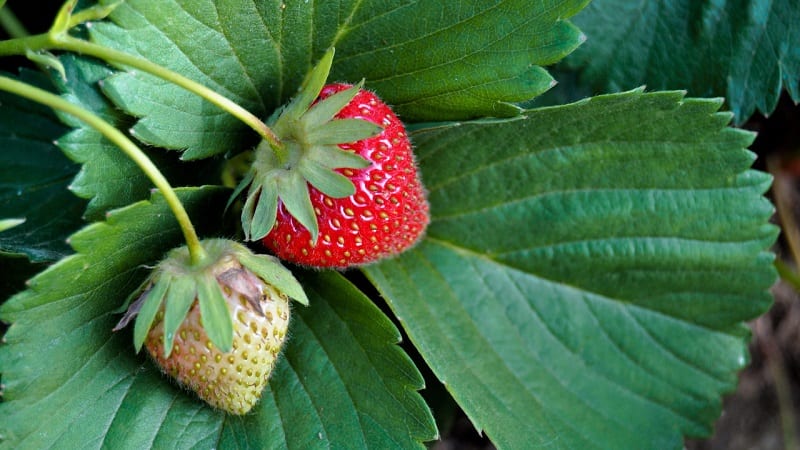
Who doesn’t like strawberries? They are available in just about every supermarket and they are delicious. But if you want the best-tasting strawberries, you’ll have to grow your own.
That’s because fully ripened, home-grown strawberries have a rich, aromatic flavor that no strawberry in the supermarket can ever match.

Relishing the melt-in-your-mouth juiciness of freshly picked strawberries is just one reason to grow your own. Strawberries are nutritious, as well. They brim with vitamin C and manganese and contain folate (vitamin B9) and potassium.
Starting Your Strawberry Patch
Contents
The sturdy strawberry plant flourishes in properly prepared beds or rows. You can also use them as edible edgings or let them sprawl over the top of a wall in your garden.
The best strategy for planting strawberries is to establish new plants at the beginning of each season. Experts recommend buying young plants from a nursery, especially for novice gardeners.
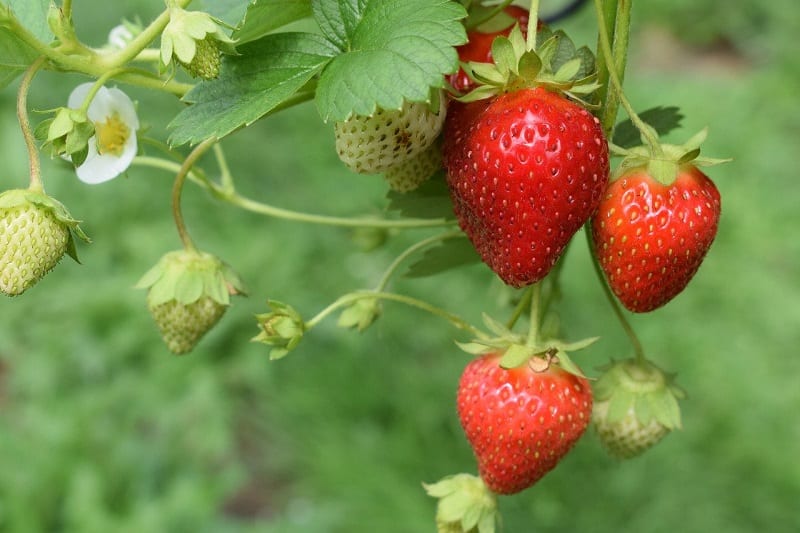
Planting Strawberries
You can plant strawberries in spring or fall based on your growing zone. The plants require at least 6 to 10 hours of sunlight during the peak summer season.
Strawberries thrive in soil with a pH between 5.5 and 7. If necessary, amend your soil in advance of planting. If soils in your area are naturally alkaline, it would be best to grow strawberries in half-barrels or other large containers filled with compost-enriched potting soil.
The planting site must be well-drained. Raised beds are a particularly good option for strawberry plants.
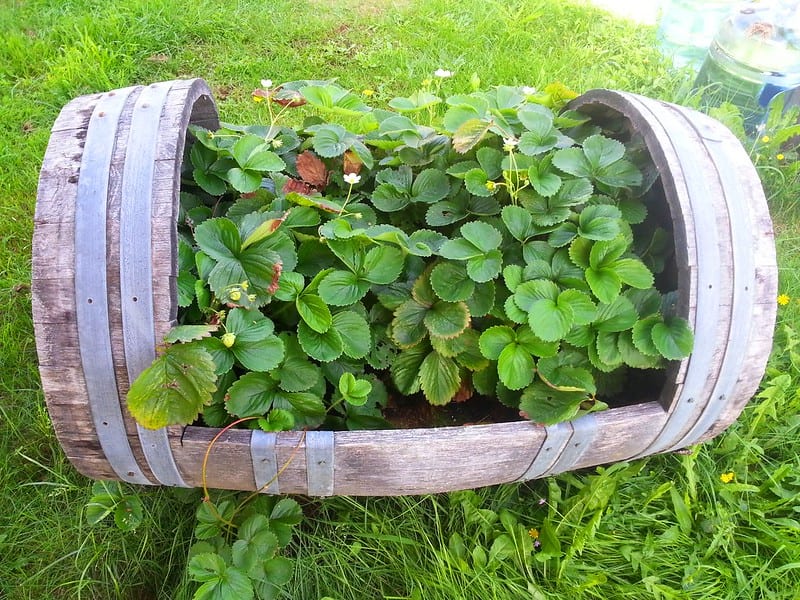
The plants prefer the morning sun with some shade in the afternoon. If your soil has is mostly clay, work in some vermiculite, perlite, and about 4 inches of compost to improve the drainage. If you have sandy soil in your garden, rake in some compost.
The roots of your seedlings shouldn’t be longer than 8 inches. Trim them if necessary. Make planting holes deep and wide enough to accommodate the entire root system without bending.
The roots should be covered with soil, but not the crown. Do not bury the crown of the plant or it could rot.
Set the plants out 20 inches apart to leave room for runners and leave 4 feet between rows. Strawberries are sprawling plants. The seedlings will produce runners, or ‘daughter’ plants. These will, in turn, will send out their own runners.
The leaves, flowers, and fruit of the plant must be exposed to light and fresh air. Be sure to water the plants well at the time of planting to minimize transplant shock.
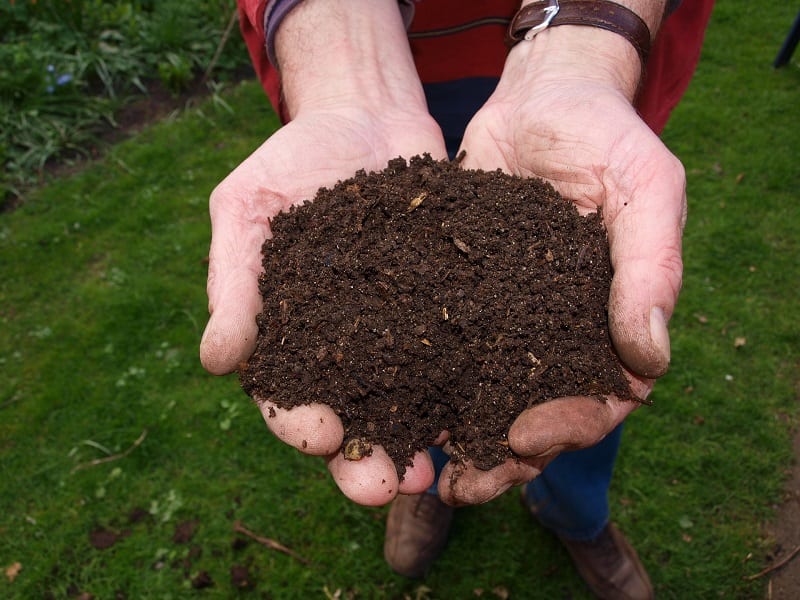
Caring for Strawberry Plants
You’ll need to water your plants regularly. They need about one inch of water each week. Keep the beds mulched to allow the soil to retain moisture and keep weeds at bay.
Moisture is important because of the plant’s shallow roots. Strawberry plants need adequate water when the runners and flowers are developing – and again in the fall when they mature.
You also need to be diligent about weeding. Experts recommend that you weed by hand, especially in the first months after planting.
Fertilize your plot with all-purpose granules for robust growth. In warm weather, berries ripen in about 30 days after the blossoms are fertilized.
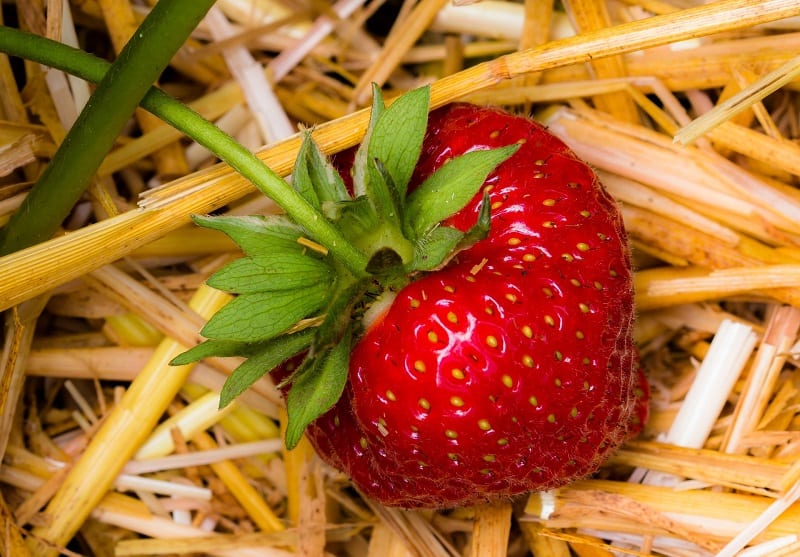
Ensuring a Good Harvest
In the first year, pick off the blossoms, says the Old Farmer’s Alamanac. If you do not allow the plant to bear fruit over the first year, they will spend their energies on developing vigorous roots. The plants will then yield more fruit in the second year.
You should eliminate daughter plants as needed. First and second generations typically produce higher yields.
You should try to keep the daughter plants about 10 inches apart. You can use row covers to protect the blossoms and fruit from birds.

Winter Care
Strawberry plants are perennial. They live through multiple seasons. They are naturally cold-hardy and will survive cold winter temperatures. If your area has mild winters, little care is needed.
If you experience snow, cover your plants with burlap. The mulch will help to retain moisture in the soil over the winter without freezing the root system.
You don’t need to water your strawberry plants during winter. Remove the burlap and apply mulch again after the last frosts fall in your region.

Harvesting Strawberries
Your strawberries will be ready for harvesting 4 to 6 weeks after blossoming. Harvest ripe strawberries in the cool of the morning. Remember to cut by the stem. Do not pull the berry or you could damage the plant.
You should have an abundance of berries. In fact, if you choose to plant June-bearer strawberries, you can expect your harvest to last up to 3 weeks!
Here’s a quick video…








